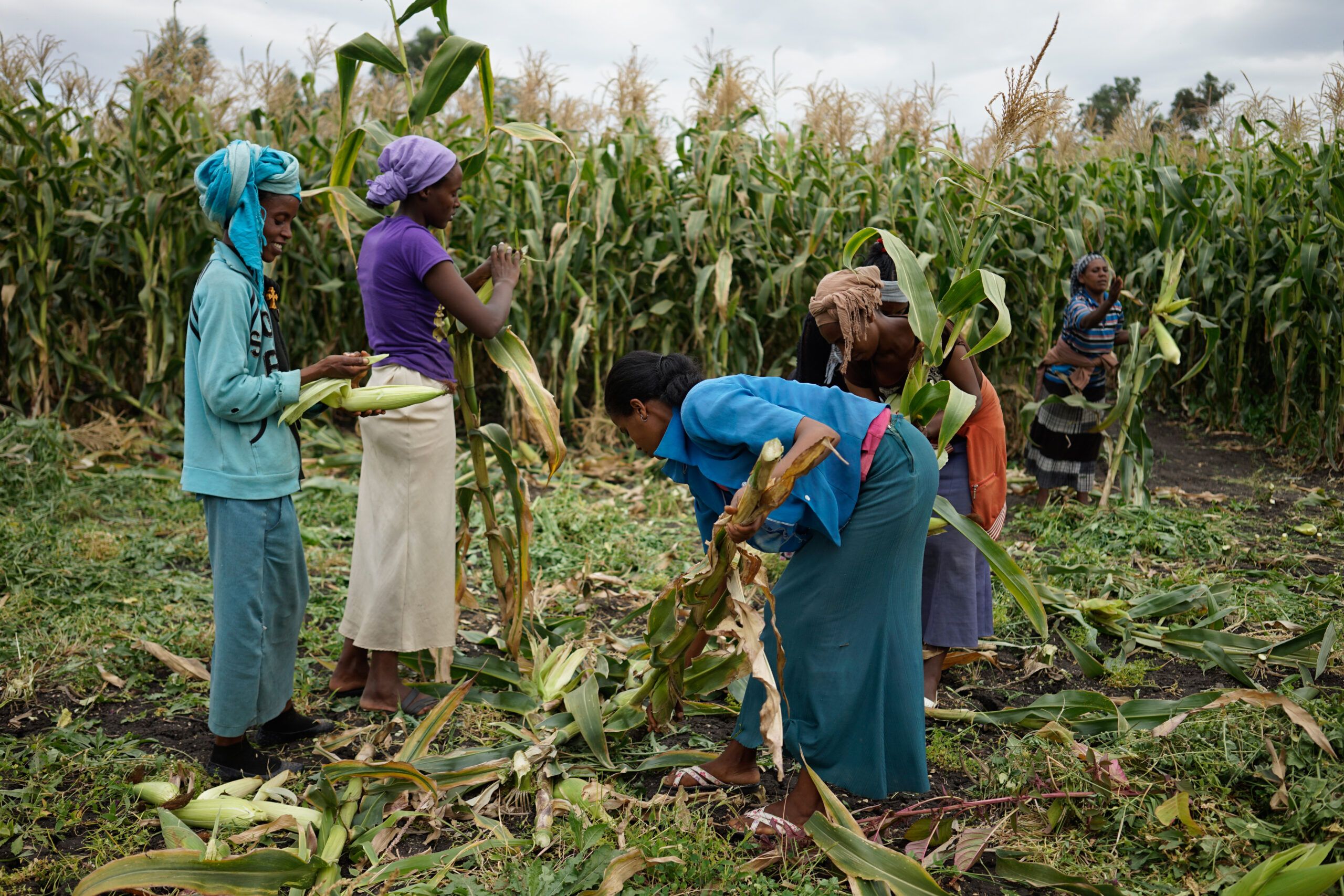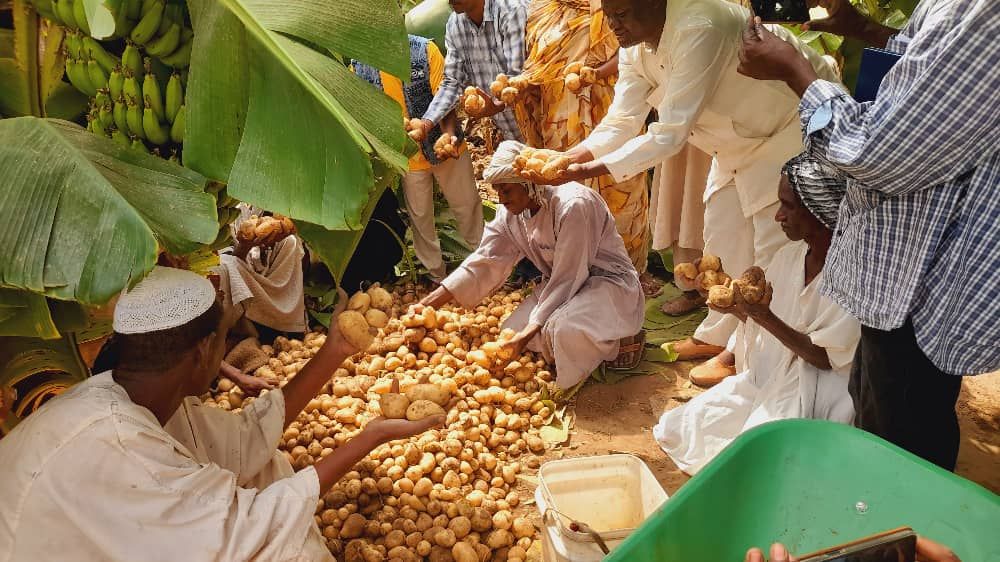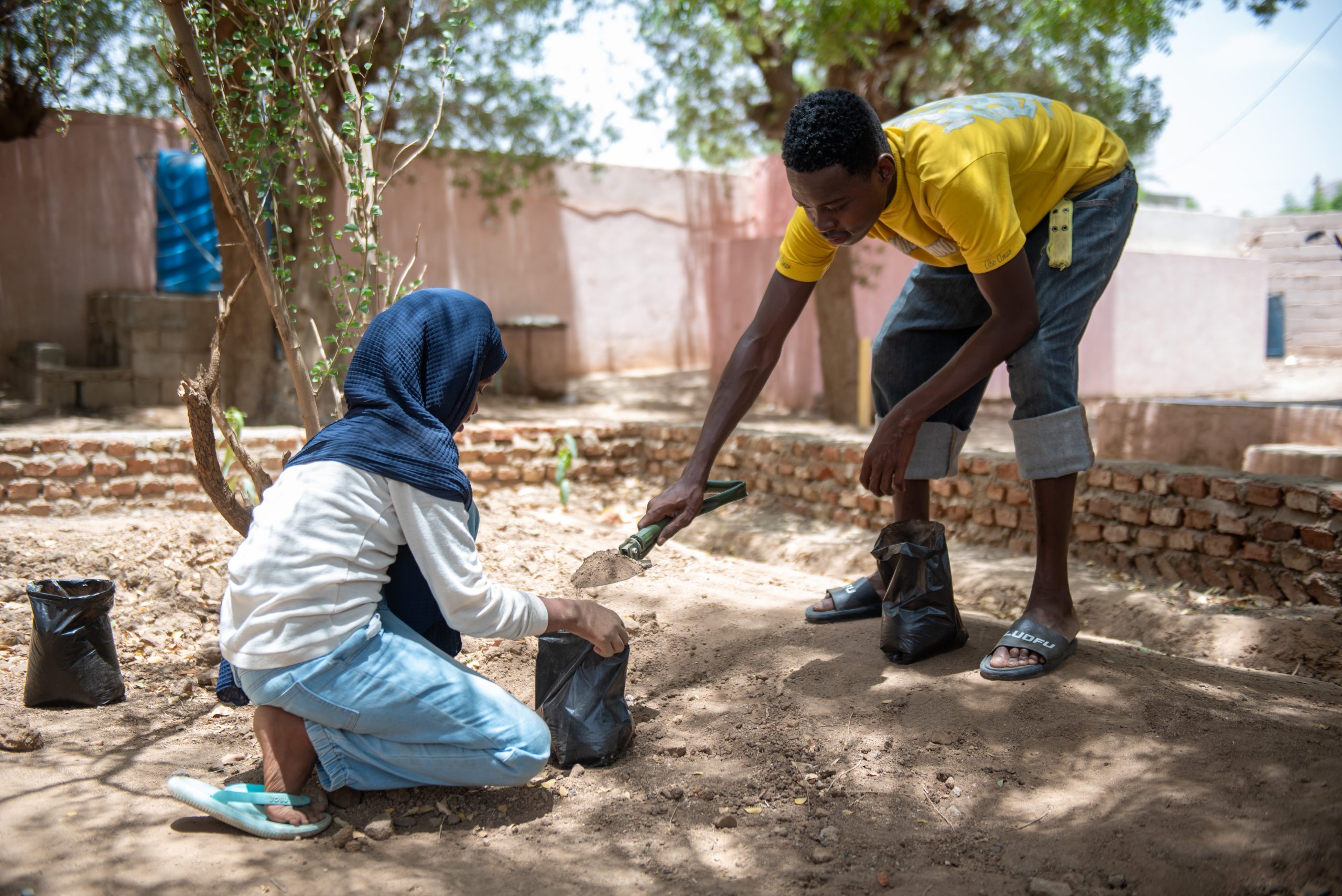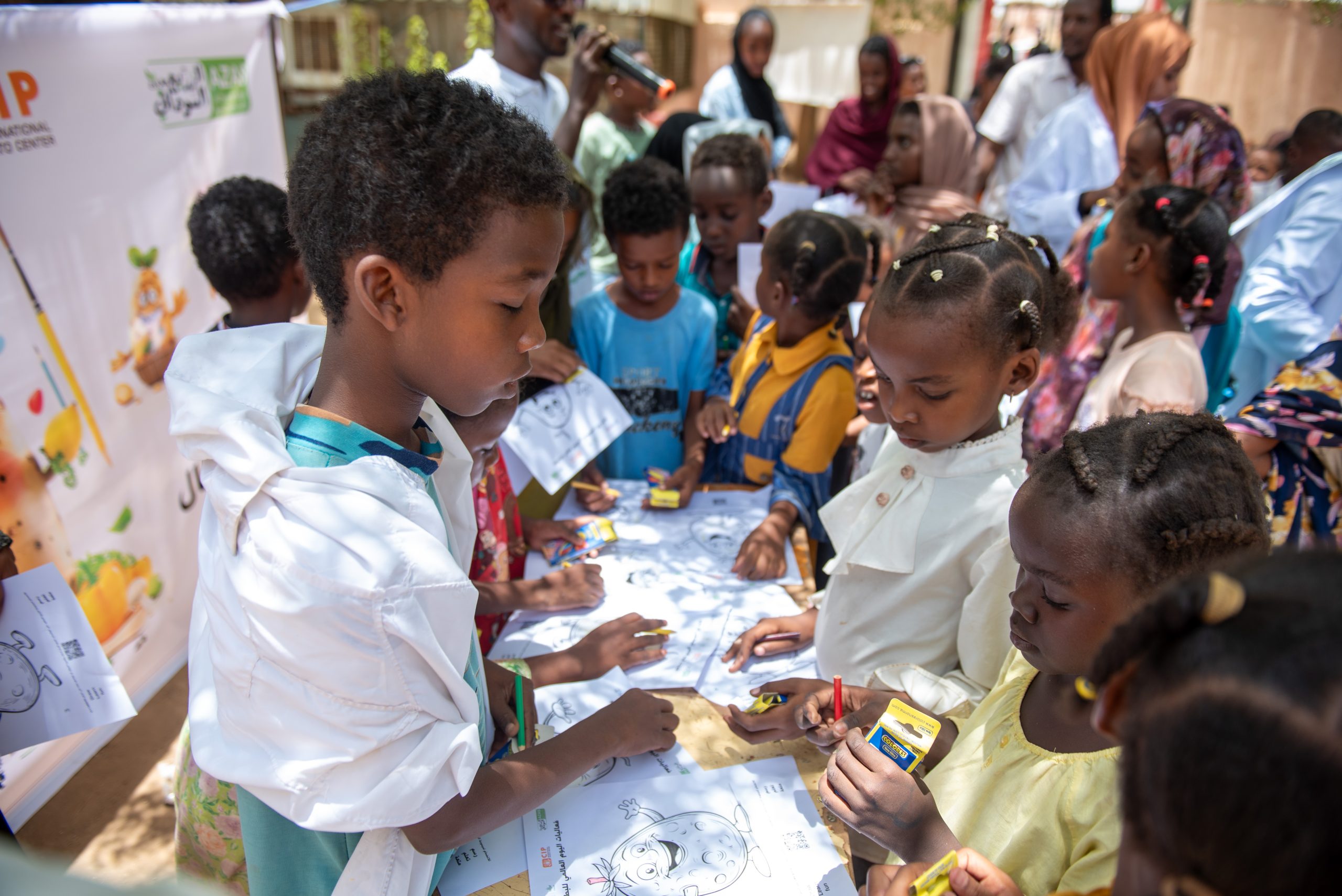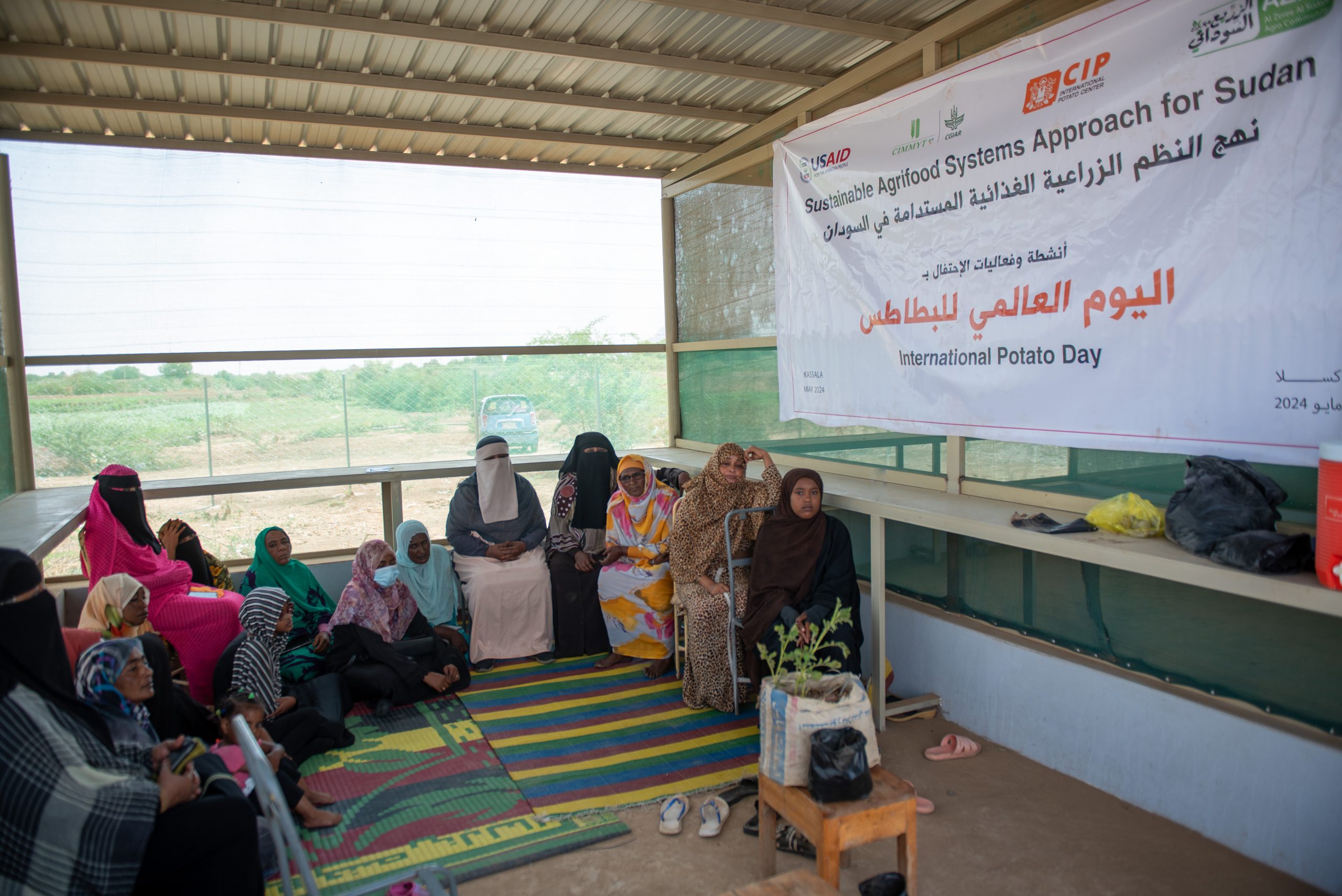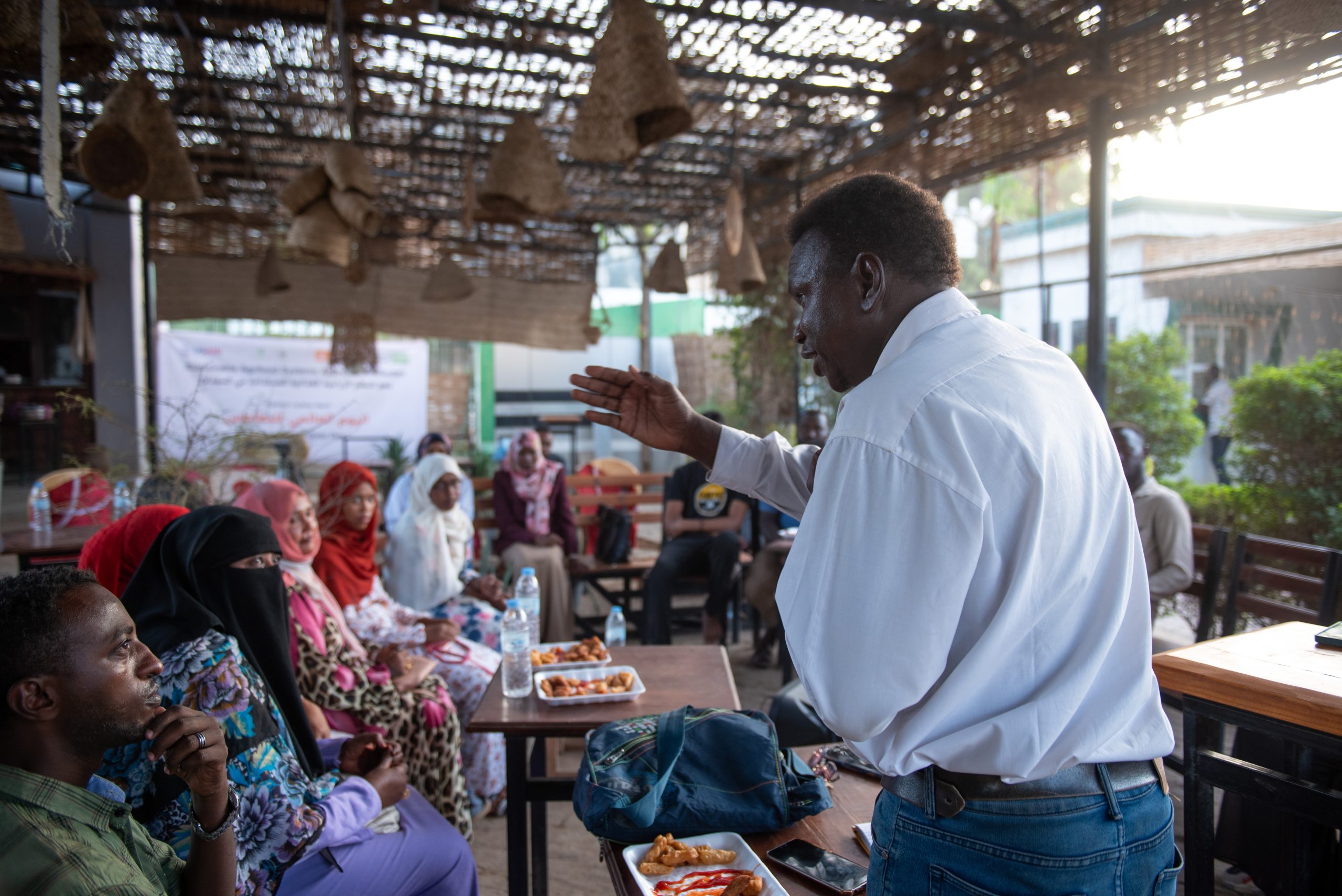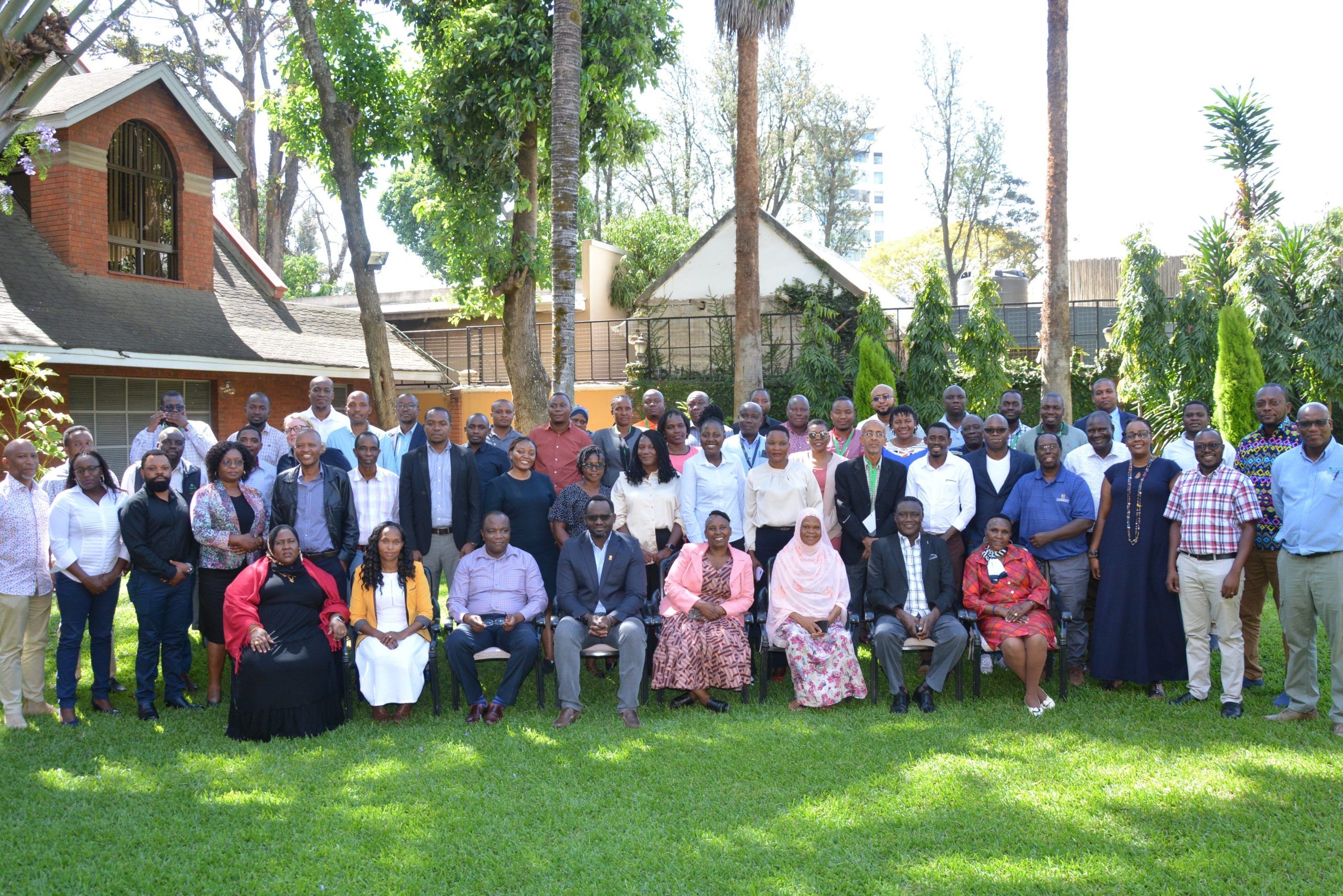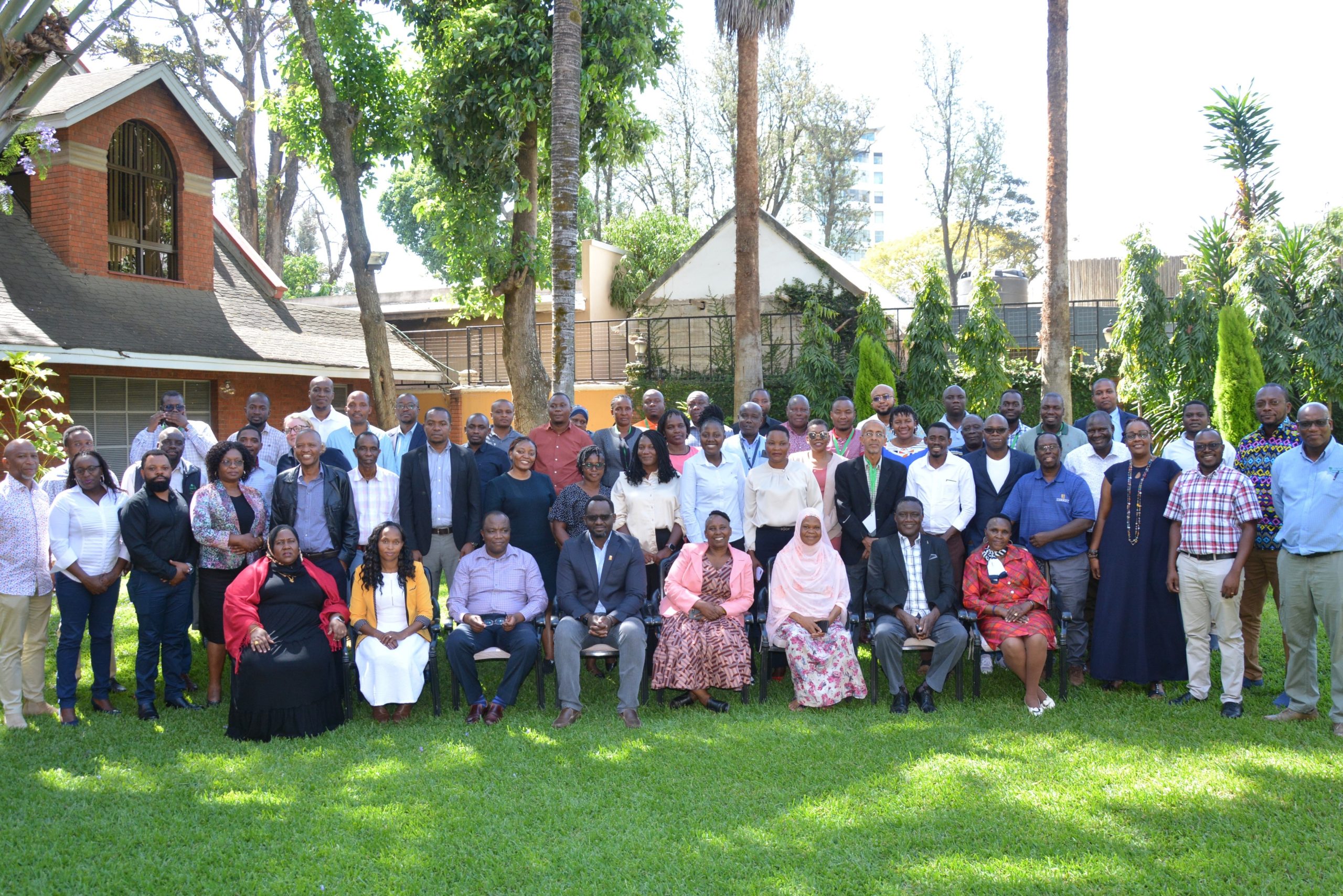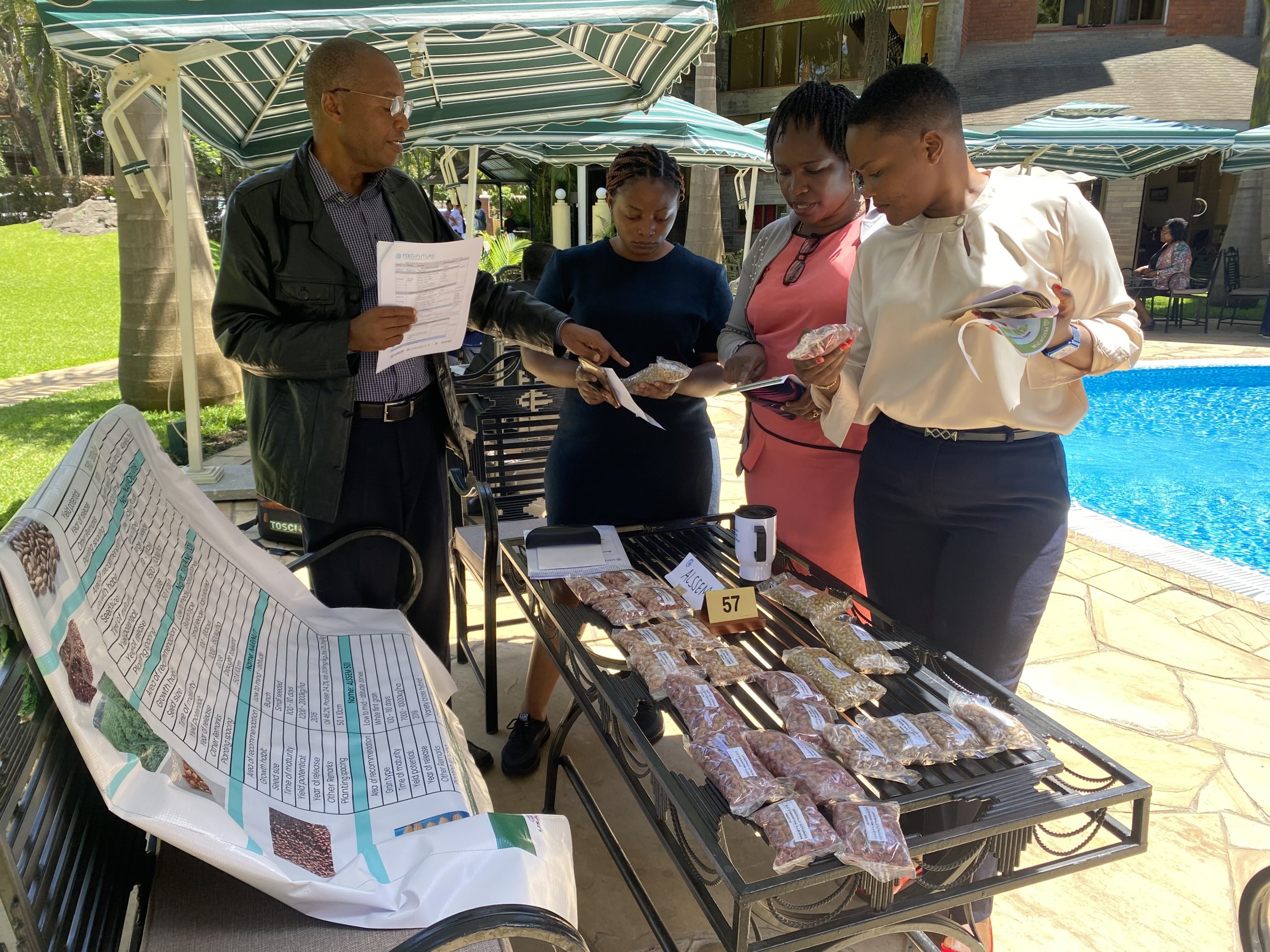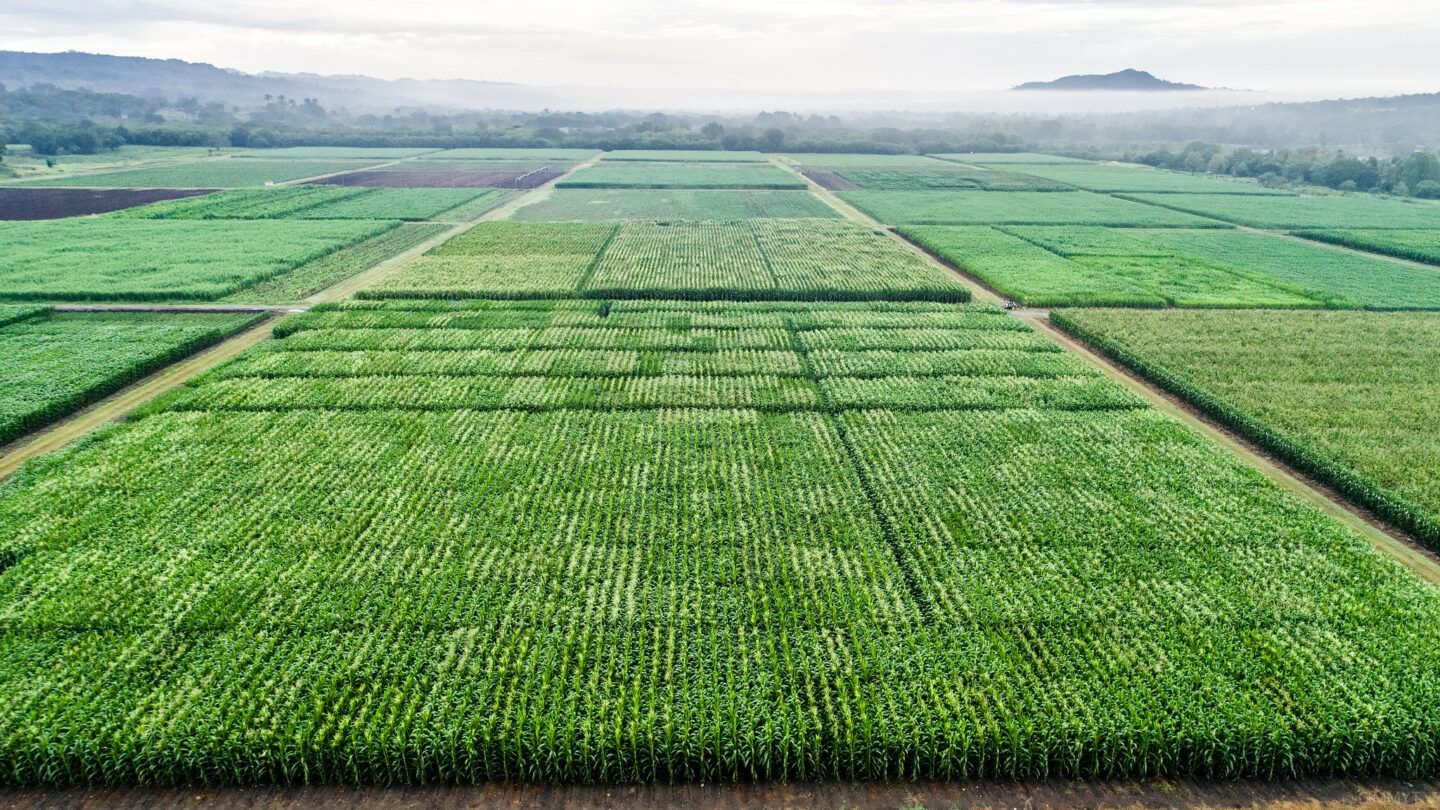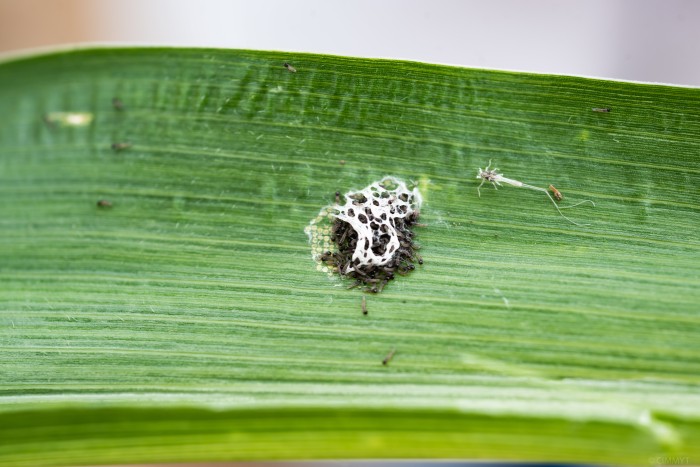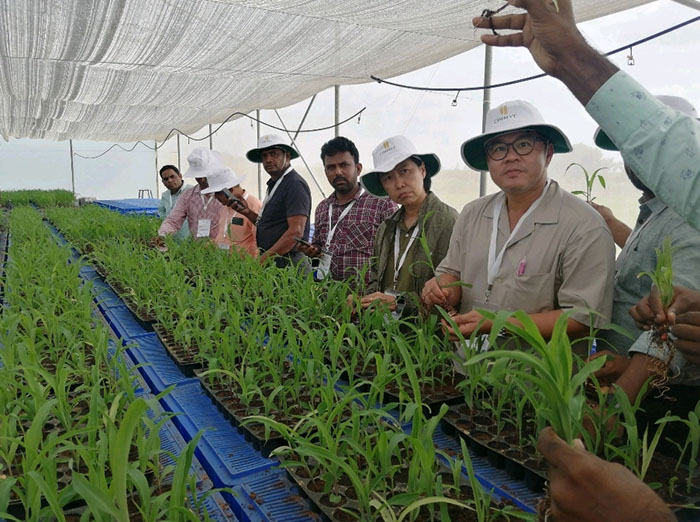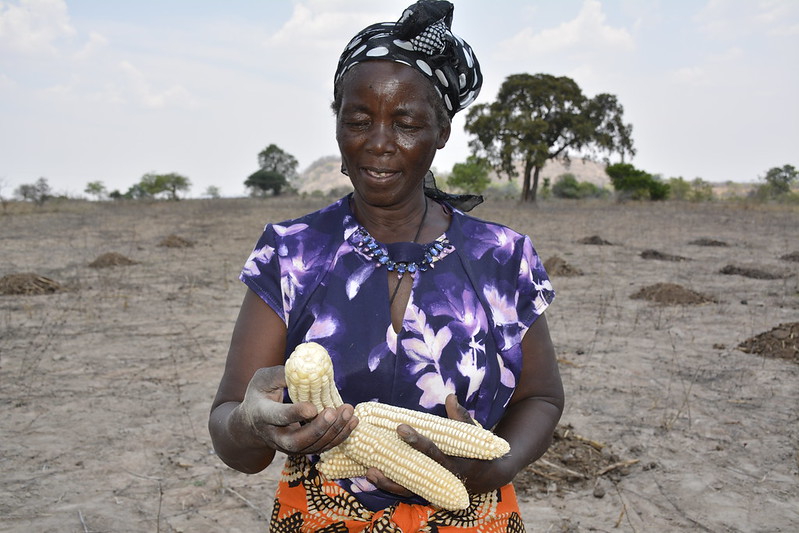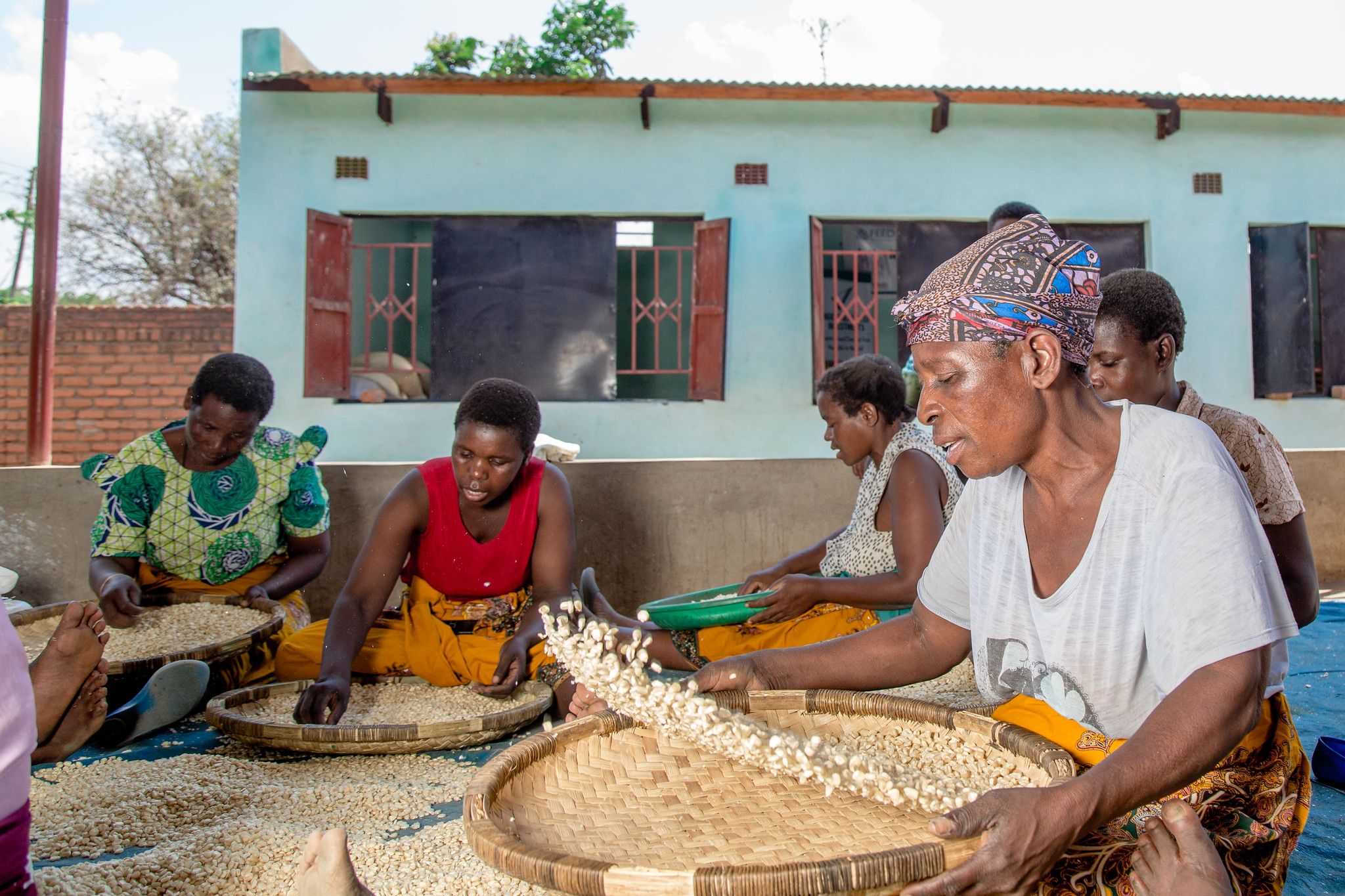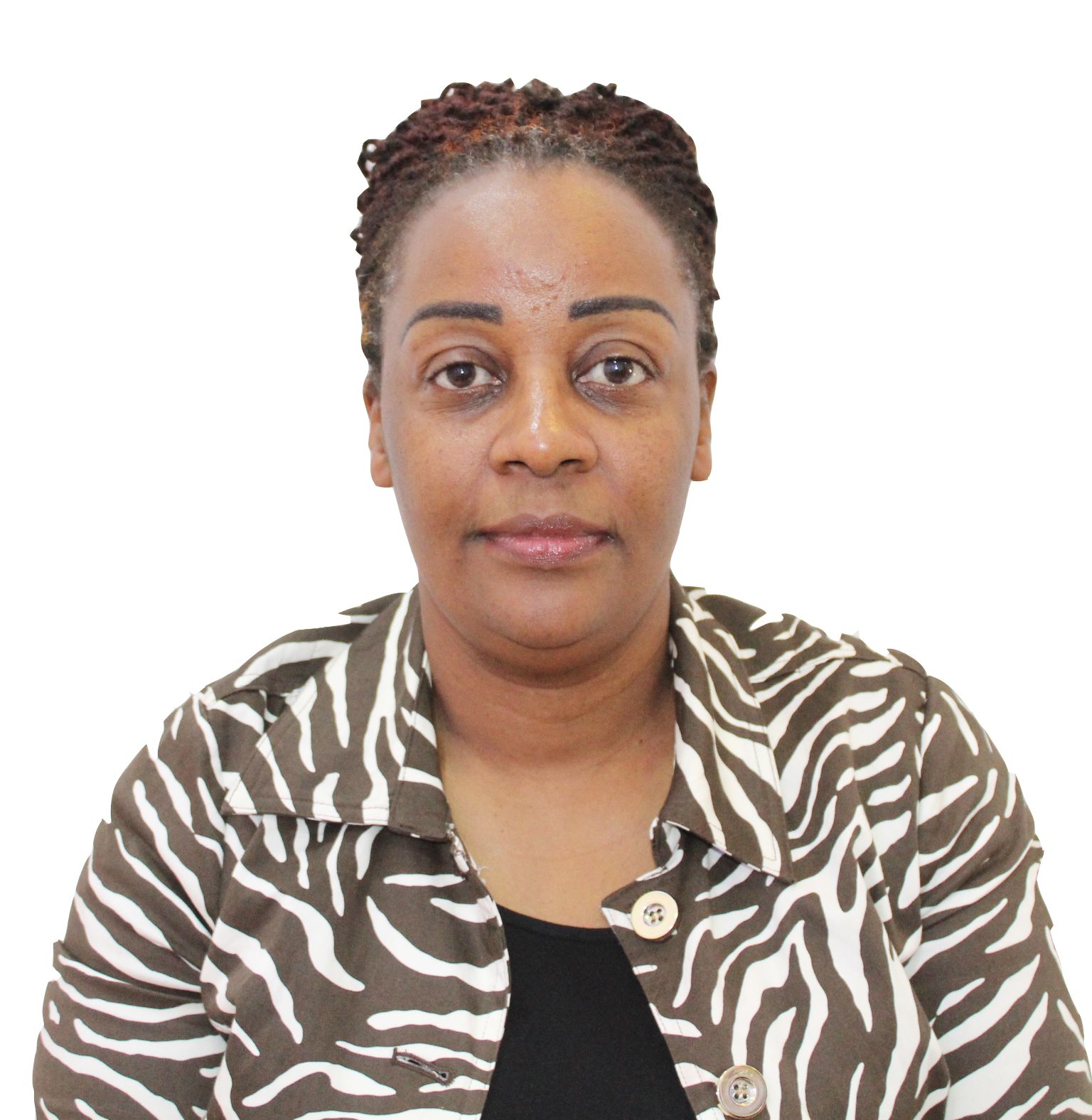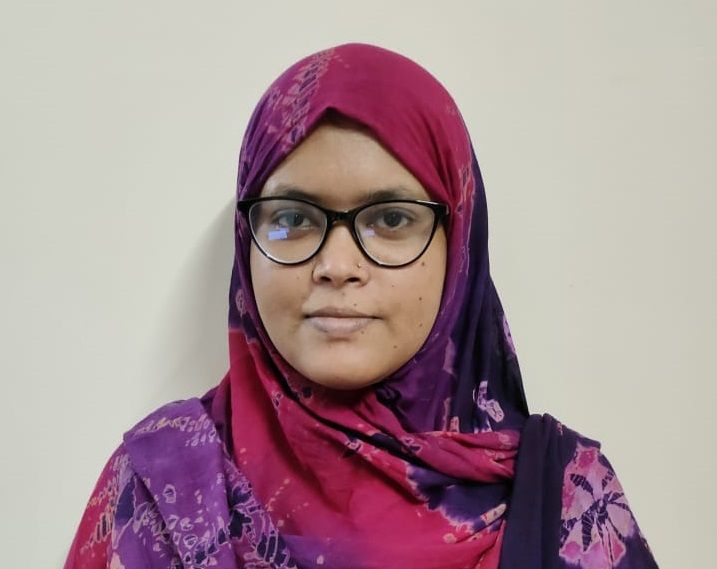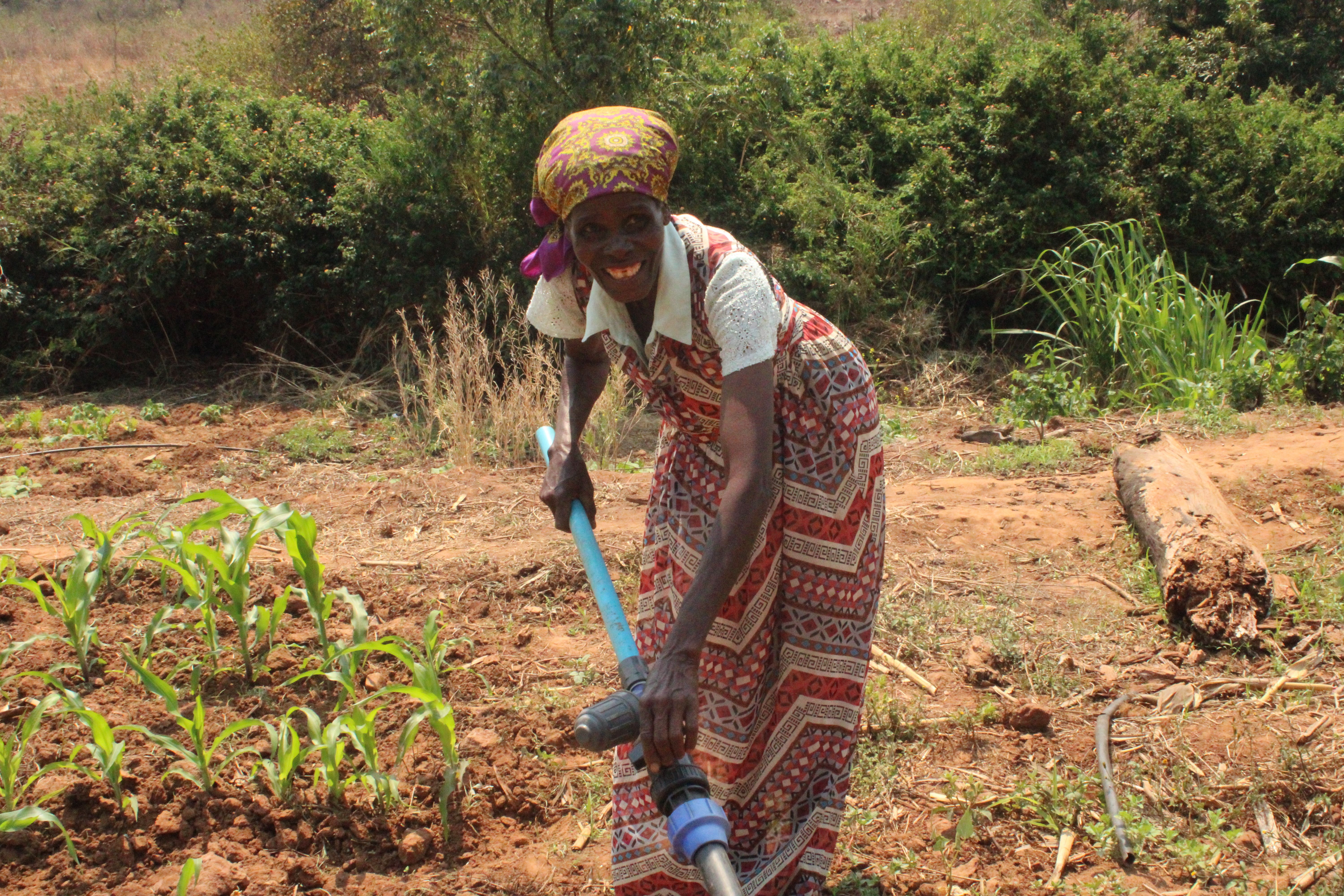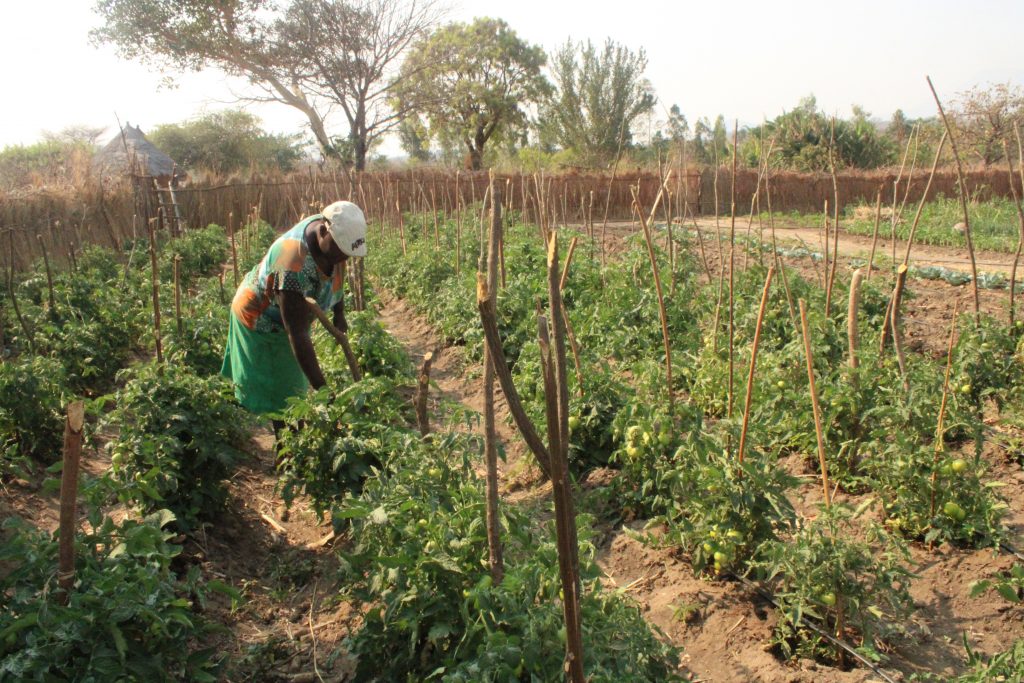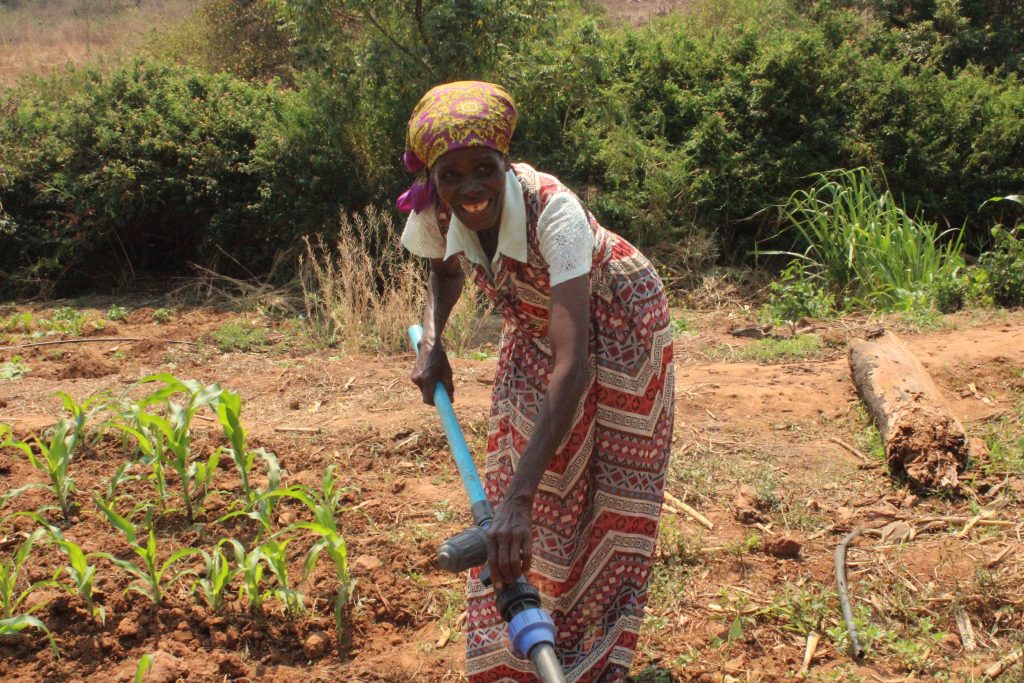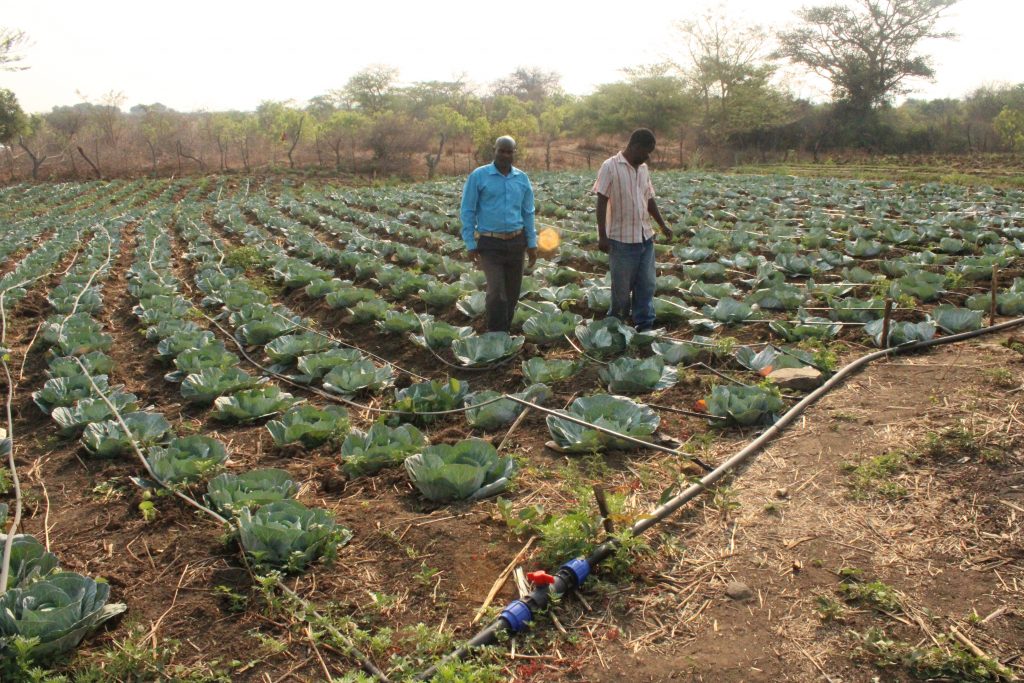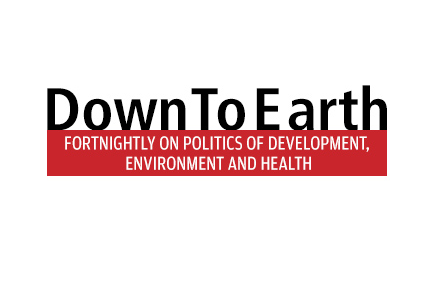International Women’s Day: inclusion drives innovation
Integrating inclusive perspectives in agricultural research is critical to enhancing the livelihood trajectories and resilience of a diversity of resource-poor farmers. Recognizing this, CIMMYT identified gender commitment and capacity as key to achieving its 2030 Strategy. The aim is to ensure that women, equity, youth, and social inclusion are actively and meaningfully embedded into all CIMMYT research streams so that scientific advances promote equity and expand opportunities for women in agriculture.
Women are at the heart of resilient agrifood systems. Across the Global South, they grow food, manage farms, support families, and drive rural economies, yet they continue to face systemic barriers to resources, markets, and decision-making. CIMMYT works alongside women farmers, researchers, and policymakers to ensure that gender-responsive innovations reach those who need them most—whether through climate-smart seeds, inclusive digital advisory services, or strengthening women’s economic networks. From Ethiopia to Zambia, from India to Sudan, CIMMYT is driving evidence-based solutions that help women, enhance productivity, and improve livelihoods.
Differences in wheat varietal turnover go beyond distinctions between men and women farmers
Rapid varietal turnover is an important coping mechanism to risks arising from the spread of pests or diseases and a means of increasing crop yields from genetic innovations. However, a recent study under the Accelerated Genetic Gain (AGG) for wheat project in Bihar, India, shows that wheat varietal turnover is generally too slow. The study highlights that the Indian wheat sector is characterized by deep-rooted social inequalities, reflected in the social differentiation of wheat farmers based on identity, caste, ethnicity, wealth, and their intersectionality.
Using data collected from 759 wheat farmers in Bihar, the study explored whether these social groups are excluded from the adoption of new and improved wheat varieties. Results demonstrated only small differences in varietal turnover across heterogeneous social groups of farmers. There were only small differences in varietal turnover between female-headed and male-headed households, despite already low overall turnover rates across these groups. However, marginalized caste farmers appear to be more disadvantaged, as they tend to cultivate older wheat varieties, which deserves closer attention from policymakers.
Can targeted information campaigns through women’s institutions stimulate household seed purchases?
This study examines the impact of targeted information sessions on household fresh wheat seed purchases in Ethiopia, where seed distribution primarily occurs through farmer unions and cooperatives. Despite women’s active role in farm decision-making, extension services often focus on men. This study tests whether disseminating information through women-dominated networks enhances seed purchases. Results show that information transmission through economic and social networks positively influences household participation. However, no significant differences are found between male-only and mixed-gender channels. Effects are strongest in households where women participate in wheat production decisions.
Redesigning technology testing strategies to incorporate practices associated with women
To stimulate demand by seed companies to replace old varieties, a novel nuclear genetic technology was developed to reduce the complexity of hybrid maize seed production. Hybrid seed produced using this technology also has a yield benefit to farmers under low-input conditions. As women typically use less fertilizer than men, they were identified as primary beneficiaries of this technology.
It is important that new technologies are evaluated under the real-world conditions farmers face. In Zimbabwe, women are more likely to plant recycled hybrid maize seed in years when drought is predicted. Based on this knowledge, the evaluation of this new genetic technology was expanded to investigate if different recycling scenarios of hybrid maize seed produced using this technology could provide a yield benefit. Although recycled hybrid maize seed reduces potential yield, in years that farmers cannot afford to plant only hybrid maize, this technology offers a yield benefit compared to conventional hybrid seed. This study highlights how social considerations can be incorporated into new product design and testing strategies.
Digital inclusion in agricultural advisory in Zambia
Agricultural advisory services in sub-Saharan Africa have not equitably reached or benefited women and marginalized groups, but newer voice-based, mobile-phone platforms in local languages may help overcome literacy, time, and mobility constraints. This study, using a randomized controlled trial (RCT) with 2,800 Zambian farmers, evaluates how different combinations of digital and in-person advisory approaches impact trust and participation in advisory services, Climate-Smart Agriculture (CSA) knowledge, adoption of CSA practices, maize yields, and inclusion in decision-making among women, men, and youth.
Findings will contribute to ongoing dialogue among researchers, digital extension tool designers, donors, and implementers, providing empirical evidence and best practices for developing socially inclusive digital advisory systems that strengthen the role of women and youth in smallholder agriculture.
Gender and agricultural entrepreneurship during Sudan’s civil war
This study explores the intersection of gender, entrepreneurship, and conflict in Sudan, examining how war has reshaped agribusiness opportunities, challenges, and dynamics. Using phone-based survey data and in-person, in-depth interviews, we find that women’s participation in agribusiness has increased, driven by economic necessity as men’s incomes decline and living costs rise, and with targeted NGO initiatives supporting women entrepreneurs.
However, women’s greater involvement has not been accompanied by a narrowing of gender gaps in financial outcomes: women-owned businesses persistently generate lower sales than those owned by men. Encouragingly, social norms around women’s mobility and public economic roles appear to be loosening. War-induced migration of businesswomen from Khartoum, where women’s entrepreneurship is more socially accepted, to more conservative states could play a role in relaxing traditional roles and demonstrating that women are capable entrepreneurs who can contribute importantly to both their families’ and their communities’ economies.
